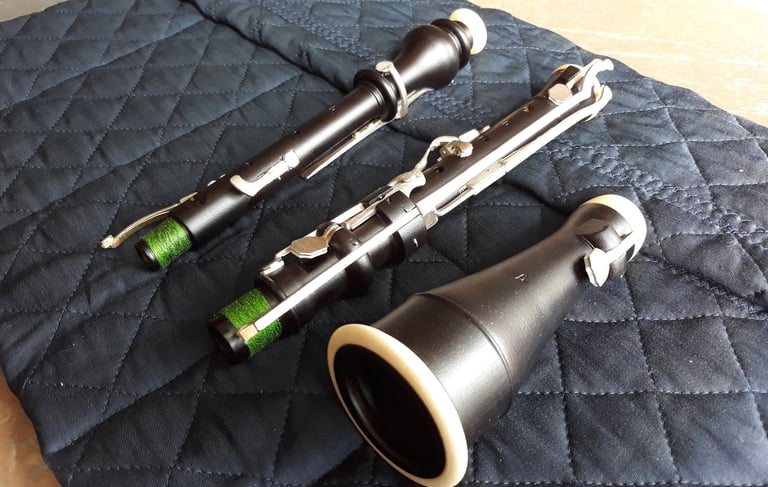Oboes
J. Denner Baroque Oboe
Jacob Denner, active in Nuremberg during the early 18th century, is regarded as one of the leading woodwind makers of his era. Our reproduction is modeled after a remarkable original oboe preserved in the Germanisches Nationalmuseum Nürnberg (No. MIR 370).
We developed this instrument using technical drawings, complemented by X-ray images, ensuring a faithful recreation of its design. However, as a practical adaptation, our model features a double hole for the right-hand index finger, providing standard modern fingering. Scaled slightly to A=415 Hz, it is perfectly suited for performing late baroque repertoire, and particularly works by German composers such as J.S. Bach, Telemann, and Händel, at standard pitch.
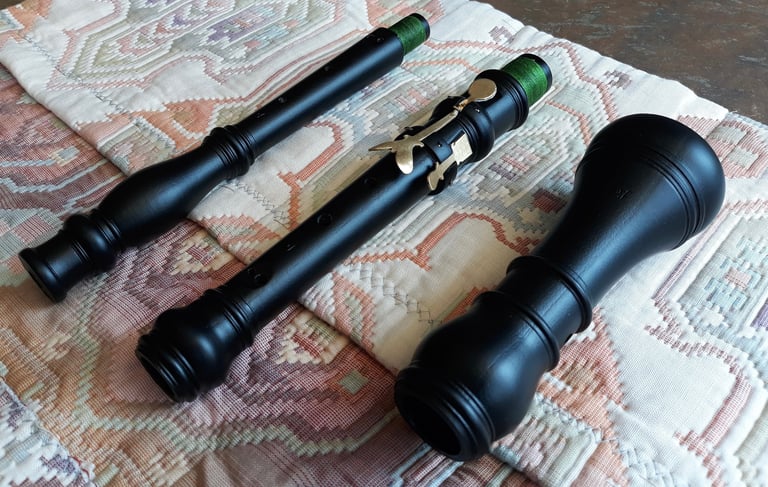

G. M. Anciuti Baroque Oboe
Giovanni Maria Anciuti’s ivory oboe, crafted in Milan in 1722, is a remarkable example of early 18th-century woodwind artistry. Preserved in the Museo degli Strumenti Musicali of the Castello Sforzesco in Milan (No. 752), this instrument is distinguished by its elegant octagonal body and exceptional craftsmanship.
Our reproduction is based on technical drawings and is scaled to A=440 Hz, a pitch closer to the original than the standard A=415 Hz. We offer two versions: one retaining the distinctive octagonal body and another with the usual round section.
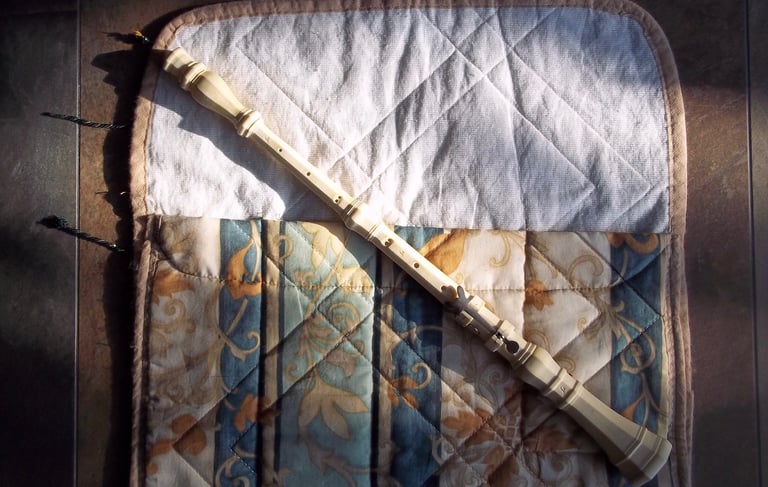

J. H. Eichentopf Oboe da Caccia
The oboe da caccia, likely invented by Johann Heinrich Eichentopf in Leipzig around 1720, had only a brief period of popularity in the 18th century. Yet in modern times, it has become an essential instrument for oboists, featured prominently in some of J.S. Bach’s most celebrated vocal works, including the two Passions, the Christmas Oratorio, and numerous cantatas.
Our model is based on an original by Eichentopf, preserved in the Musikhistorisk Museum, Copenhagen. This reproduction was developed using available measurements and X-ray images. Scaled to A=415 Hz, it is perfectly suited for performing with ensembles playing at standard baroque pitch.
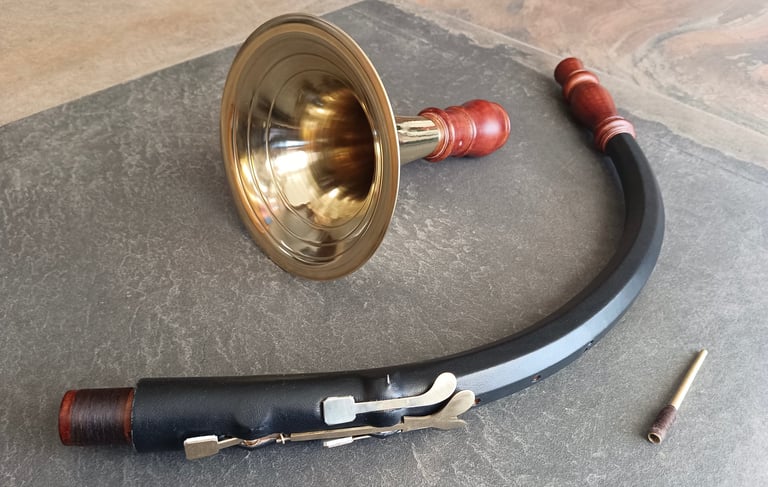

Ch. Bizey Taille d'Hautbois
The taille, while sharing the range of the oboe da caccia (both being in F), is distinguished by its straight shape, unlike the curved da caccia. Although few compositions specifically feature the taille, it appears in Lully’s operas, in works for the bandes de hautbois of the French court (e.g. in the Philidor manuscript collection at the Versailles Library), and in several cantatas by J.S. Bach.
Our model is based on a taille by Charles Bizey, a renowned French woodwind maker active in Paris around 1740. The original instrument, preserved in the Parisian Musée de la Musique (No. E2351), features two keys: one for low C (sounding F) and one for Eb. Our reproduction is developed from technical drawings of the original and is scaled to A=415 Hz.
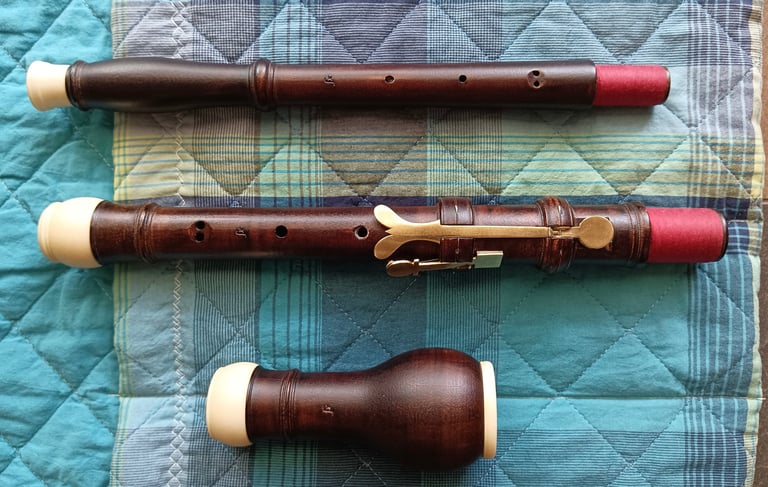

J. H. Rottenburgh Taille d'Hautbois
In addition to our Bizey model, we also offer a taille by Joannes Hyacinthus Rottenburgh, made in Brussels around 1740, now housed in the Musical Instruments Museum of Brussels (No. 2619).
Developed using technical drawings, it is scaled to A=415 Hz. This model is equipped with three keys: one for low C (sounding F) and two for E-flat (left and right-hand options).
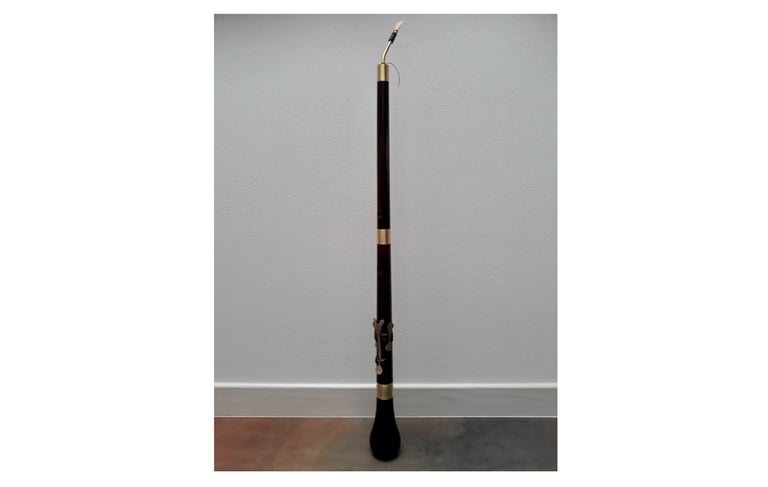

J. H. Eichentopf Oboe d'Amore
The oboe d’amore, pitched in A (a minor third below the oboe), is distinguished by its larger bore and its pear-shaped bell (the so-called Liebefuß). Of course, its modern popularity is largely due to its role in J.S. Bach’s vocal masterpieces, including the B minor Mass, Christmas Oratorio, and Magnificat. However, it also has a fascinating solo repertoire, featuring two concertos by Telemann and one (reconstructed) by Bach.
Our reproduction is modeled after an original by J.H. Eichentopf (Leipzig, ca. 1740), preserved in the Brussels Musical Instruments Museum (No. 0971). This two-key instrument (C and Eb) has been recreated using technical drawings and scaled to A=415 Hz, offering a version suited for a professional performance at standard pitch.
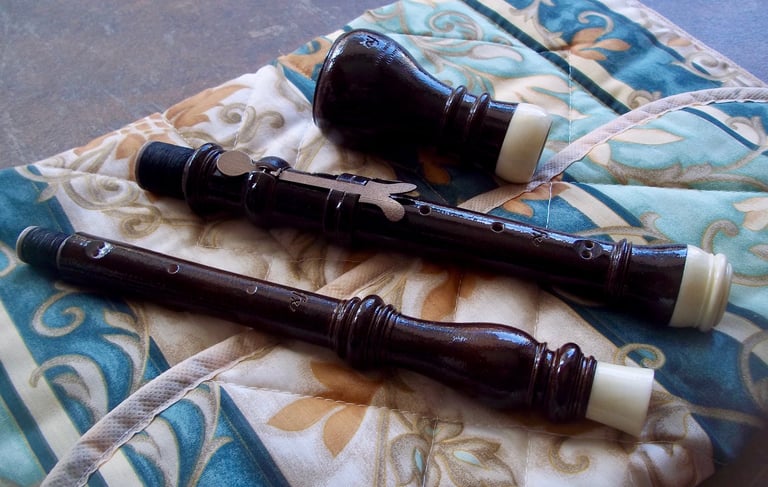

J. F. Floth Classical Oboe
A contemporary and fellow citizen of Heinrich Grenser, Johann Friedrich Floth worked in Dresden during the transition from the 18th to the 19th century. He began as an apprentice to Jakob Friedrich Grundmann, and continued independently after Grundmann’s death.
Based on a technical drawing of a 7-keyed oboe by Floth (Musical Instruments Museum, Edinburgh, No. 3863), dated 1807, we developed our own model with a 4- or 5-key configuration and a double fifth hole, carefully scaled to A=430 Hz for performance at classical pitch.
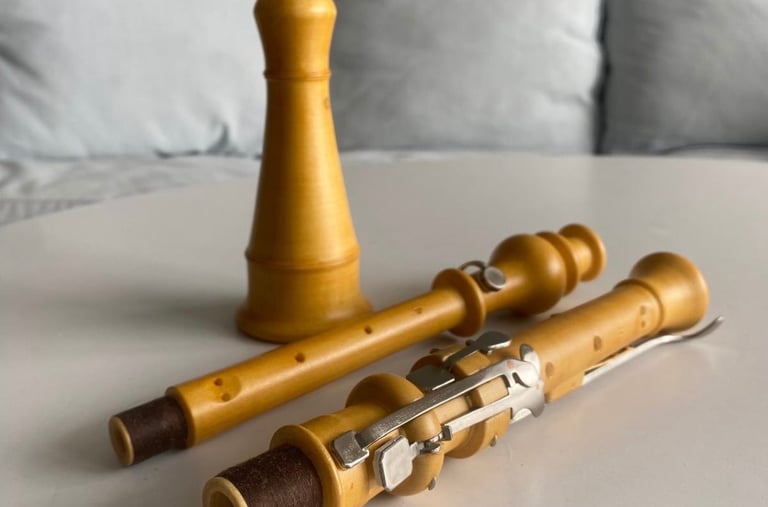

C. G. Bormann Romantic Oboe
Our Romantic Oboe is a faithful reproduction of a superb instrument made by Carl Gottlob Bormann (Dresden, ca. 1820–30), featuring 11 keys: low B, C, C#, Eb, F, F#, long Eb, G#, Bb (2 touches), C (trill), and an octave key.
During a research visit to the Musical Instruments Museum in Brussels, we were able to directly measure the original (No. 3580), ensuring exceptional accuracy in our model, which is reproduced at the original pitch of A=435 Hz.
